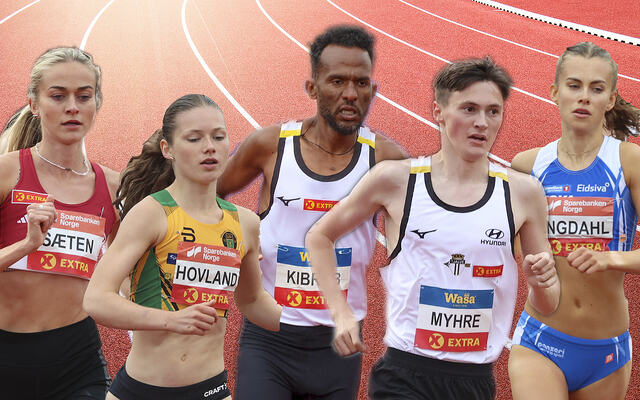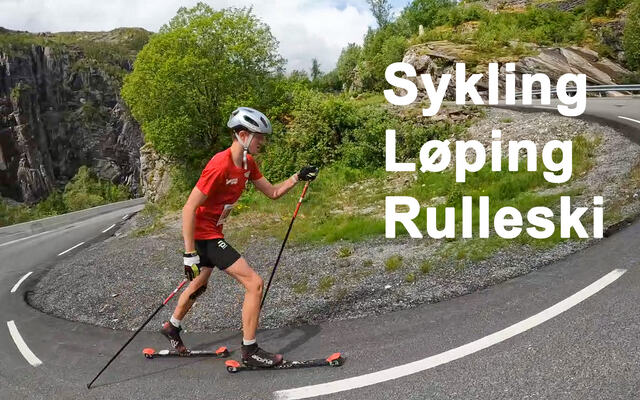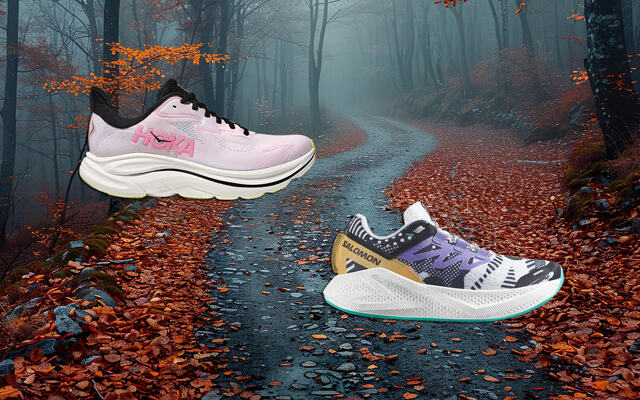Dave Spence
Before we start, you must know some of the basic terminology used in exercise and weight training. The key to endurance weight training is performing a number of circuits with many repetitions, using low weights. As a contrast, a strength programme usually consists of 1-3 sets of 8-10 reps of heavy weights for each muscle group. The endurance method has 3-7 circuits of 20-30 reps/set with low weights for each exercise. One study of strength training versus endurance training showed that endurance training resulted in increased muscle strength and endurance as well as maintaining and developing aerobic enzymes in the muscles exercised. The strength training developed strength, while endurance and aerobic muscle enzymes were reduced. The benefits of endurance training include general shaping and toning of the body. Endurance weight training usually does not build big muscle mass. Other benefits are maintenance of body weight and maintenance or reduction of the per cent of body fat. This training can be useful to prevent injury or to rehabilitate after injury. Endurance weight training can be used for cardiovascular training by adding a set of 5 minutes of stationary bicycling or running in place in every circuit. This type of training is often referred to as super circuit training. For runners, this component is usually not necessary. Weight training can be done with several different kinds of equipment. Free weights such as barbells, dumbbells, ankle and wrist weights or machines such as Universal and Nautilus can be used to great benefit.
Upper Body Training Arm movement plays an important role in running and follows leg movement. Opposite arms and legs are synchronised in the running stride. The arms absorb reaction from the thrust of the legs. Since action and reaction are interchangeable, arm action may be able to speed up leg action. This action can be useful in running uphill and, more importantly, in maintaining form the last miles of the marathon. When your legs are dragging, you may be able to use your arm movements to lengthen your stride or speed up your leg movement.
Specific exercises will be described for the following muscles or muscle groups:
Important in the arm swing while running.
Exercises Lie with back flat, you can bend your knees to keep the back flat. Grip dumbbells, barbell or bench press apparatus with overhand grip, shoulder width apart. Lift straight up and then lower back to original position. This lift requires a "spotter". A spotter is someone to assist you if you become "out of control" or are in danger of dropping the weight which could land on you in this case. * Dumbbell Fly: pectorals, deltoids and Latissimus dorsi. Lay on back, start with arms extended holding dumbbells up in the air over the face with palms facing. Bring arms down to the sides with wrists cocked and elbows bent 5-10 degrees to relieve stress on the elbow and wrist joints. Return dumbbells to starting position. * Side Lateral Raises: upper back and rear deltoids. Stand erect with your feet about shoulder's width apart. Bend slightly forward at the waist. Hold dumbbells in front of groin area with palms toward each other. Keep elbows and wrists slightly bent. Raise dumbbells with palms down straightening the arms, raise to shoulder height. Return to starting position. Bent Lateral Raises : upper back and rear deltoids. Stand with knees slightly bent, feet shoulder's width apart. Lean forward, hang arms directly below shoulders with palms facing. Bend arms slightly and raise dumbbells upwards and sideways until level with shoulders. Return to starting position. Triceps Dumbbell Press: triceps. Hold dumbbell and arm overhead with wrists locked. The raised arm can be supported with the other hand by holding it at the elbow, armpit or triceps, but does not need to be. Lower the weight behind the head until it touches the shoulder and return to the starting position. Single Arm Dumbbell Rowing: triceps. Rest knee on bench. Grasp dumbbell and extend arm downward. Pull up in straight line toward waist. Return to starting position, similar to sawing. * Triceps Kickouts: for triceps. Take a runner's stance resting one arm on the forward knee. Arm with dumbbell should have elbow bent. Bring elbow up, then extend arm backwards until level with shoulder. Hold for 5 to 10 counts. Return to starting position. * Curls: for biceps. Grip barbell or dumbbells with an underhanded grip shoulder width apart in either a sitting or standing position. Raise bar or dumbbells to chest and return to starting position. Stand with heels 6 to 8 inches from the wall, bend knees and flatten back against wall to protect the back, do not use back muscles to lift the weight.
Lower Body Training * Quadriceps group: consists of the rectus femoris, vastus intermedius, vastus lateralis and vastus medialis. This group works to extend the knee and flex the hip. * Hamstrings group: consists of the semimembranosus, semitendinosus and the biceps femoris which work together to flex the leg and rotate the knee. * Adductor and abductor groups: control inward and outward motion of the leg, rotate the hip and help support the knee. Working on theses muscle will add extra support to the knees, helping to reduce injury.
The Exercises Start in a sitting position, slowly lift the legs onto a horizontal position. Slowly lower only 15 degrees and return to the horizontal. Please not that the slower you do this exercise, the more beneficial it is - basically do the exercise through a count of 1 to 5 from rested to extended position, and back. To make sure that one leg does not "carry" the other during these exercises (often one leg is stronger than the other), lower the resistance and do this exercise one leg at a time (simply let the other one hang free). Again slowly lift the leg 1-2-3-4-5, hold the position for a fraction of a second, and then slowly lower the leg 5-4-3-2-1. Doing this exercise through the full range of motion is hazardous to the knee. By working only through 15 degrees only, the knee is protected from undue stress and the quadriceps are worked. This exercise can also be done by sliding forward on the chair and lifting the straight leg to the horizontal position. * Leg Flexions or Curls: hamstrings group Lie on bench with knees off the pad. Bring up the legs with the ankle weights, weight shoe or the bar on the machine. Lower to the starting position. * Side Leg Raises: adductors, abductors and secondarily both quads and hamstrings. Excellent for helping knee stability while running. Lie on the floor on your side with lower arm under your head. Support your weight with your other hand.
* Bottom Leg
* Top leg
* Both |
Styrketrening - del 1
For de fleste er løpssesongen nå over og det blir etter hvert på tide å planlegge "oppbyggingen" for neste sesong. Noen går på en skisesong og andre har et fysisk arbeide som hjelper til med "oppbyggingen", men for de fleste løpere er det nok et fellestrekk at styrketreningen forsømmes både i oppbyggingsfasen og i selve løpssesongen. Nedenfor, og i "del 2" er en god artikkel om styrketrening for løpere - skriv den ut - heng den over senga, og følg rådene - de vil gjøre deg godt for neste sesong!
LRS
LRS
Siste medlemssaker
Annonse








